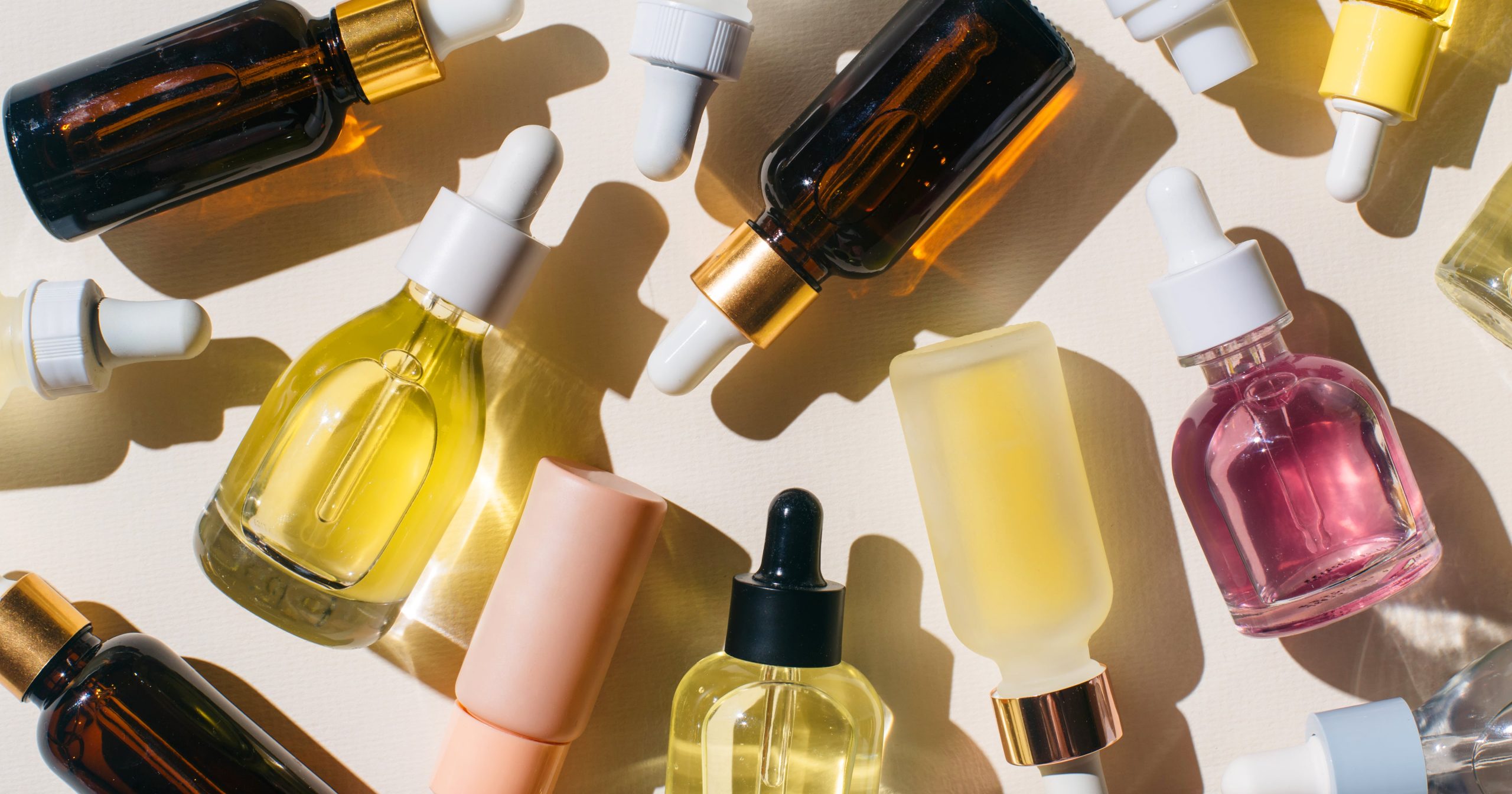The sweetness business has a waste downside. Many manufacturers are seeking to do their section to mend that, which is why extra are taking a look into upcycled substances, refillable-packaging answers, or even particular recycling techniques for his or her user’s empties. However some of the evident resources of waste within the business is going unmentioned — and it has to do with the cutesy pattern and mini-sized merchandise you purchase earlier than a go back and forth or obtain as items with a purchase order or in vacation units.
It is exhausting sufficient to recycle full-sized attractiveness merchandise; they ceaselessly comprise portions — comparable to caps, droppers, and pumps — that are not permitted by means of common curbside pickup techniques. Then again, even the ones merchandise have a greater likelihood of in fact getting recycled than sample-size plastics.
“Mainly, all sample-size and travel-size bins are utterly nonrecyclable,” Mark Falinski, PhD, a sustainability scientist at Finch, a company serving to shoppers make knowledgeable, sustainable possible choices, tells PS. “This is, although they’re made from one of the vital extra recyclable plastics, they’re virtually by no means recycled.”
The reason being their length. “Recycling-sorting machines are constructed for standard-sized merchandise, like water bottles, so the machines won’t acknowledge miniature merchandise,” Lea d’Auriol, founding father of Oceanic World, a nonprofit devoted to ocean care and conservation, says. As a normal rule, merchandise not up to two inches in length are not recyclable, which means that lots of the small, single-use packets, tubes, and jars that manufacturers ceaselessly hand out are destined for the landfill — or worse, oceans and rivers.
If you happen to try to recycle those sample-size merchandise, Dr. Falinski says the “best-case situation” is the product results in the landfill after the gadget varieties it out. Then again, there is any other very possible risk: “Worst-case situation, those bins can in fact contaminate the remainder of the recyclables and spoil all of the batch, which ends up in all the stuff that will had been recycled being thrown into the landfill.”
There are sobering statistics round this: “We all know that handiest 9 % of the plastic we put within the recycling bin in fact will get recycled,” d’Auriol says.
However plastic is not the one subject material sample-sized merchandise are made from — and you may wonder whether those choice choices are any higher with regards to recyclability. “As a normal rule, merchandise which can be produced from infinitely recyclable fabrics, like steel and glass, are higher than plastics,” d’Auriol says.
Then again, that does not imply they are excellent.”If we take into accounts local weather exchange, there’s no doubt that steel bins and glass bins are considerably worse than plastic bins,” Dr. Falinski says. “It takes way more power, warmth, and, subsequently, burned fossil fuels.” This ends up in a bigger carbon footprint.
It is also value noting that whilst steel and glass fabrics have a greater likelihood of in fact getting recycled, length nonetheless issues. “Unmarried-use glass samples and journey applications are necessarily nonrecyclable if they’re the rest smaller than more or less a bank card in length,” Dr. Falinski says.
The base line: although recycling machines had been designed to drag out miniature plastics and provides them a 2nd lifestyles, those fabrics would nonetheless be unhealthy for the surroundings “from a waste point of view,” in comparison to full-size merchandise. “They each and every raise much less quantity and subsequently use extra plastic consistent with ounce of product,” Dr. Falinski says. “Consequently, a bigger choice of bins are wanted for a similar quantity of product — however extra importantly, extra plastic is wanted for a similar quantity of product.”
Sadly, the most efficient plan of action surrounding single-use, pattern, or mini-sized merchandise is to steer clear of them altogether. “On the subject of journey, the most efficient factor an individual can do is put money into reusable journey bins,” Dr. Falinski says. Some of these reusable pieces, whilst ceaselessly additionally made from plastic, in the end offset with each and every reuse the prime carbon footprint it takes to lead them to.
In circumstances the place sample-sized bins are used for consumer-testing functions, Dr. Falinski encourages other people to depend as a substitute on digital try-on softwares on every occasion conceivable: “You’ll be able to nonetheless get that take a look at run executed, however with out developing some difficult-to-handle waste.”
There is not any in a single day repair, however consistent with d’Auriol, “Behavioral exchange round accepting those single-use sampling merchandise wishes to switch, and we wish to be difficult manufacturers to design their packaging to lead them to actually extra sustainable.”
Jessica Harrington is the senior attractiveness editor at POPSUGAR, the place she writes about hair, make-up, skincare, piercings, tattoos, and extra. As a New York Town-based creator and editor with some extent in journalism and over 8 years of business revel in, she likes to interview business mavens, stay alongside of the most recent tendencies, and take a look at new merchandise.

